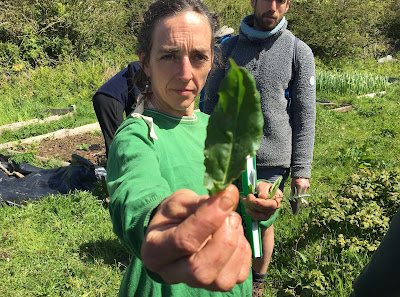Book Review: The Woman From Uruguay by Pedro Mairal

“This is a short novel of subtle gear changes, where the seemingly obvious plot becomes a distraction to the true narrative that builds and builds and accelerates through a shifting geographical and psychological landscape.” When an Argentinian writer sets off on a day trip from Bueno Aires to neighboring Uruguay to collect $15,000 in cash and meet a young woman who he had a brief liaison with the previous year the reader has a fair idea of what is coming. You know this is not going to end well. But although you might guess what is coming down the line it is not through poor plotting by Pedro Mairal. He deliberately sets up the inevitable disaster that is about befall his narrator Lucas Pereyra from the very start. The real storytelling here is the story behind the story The narrative reads as if it is a written confession by Lucas to his wife Cata. He suspects that she is having an affair because she often returns to their apartment long after her work hours are over. He reveals...



